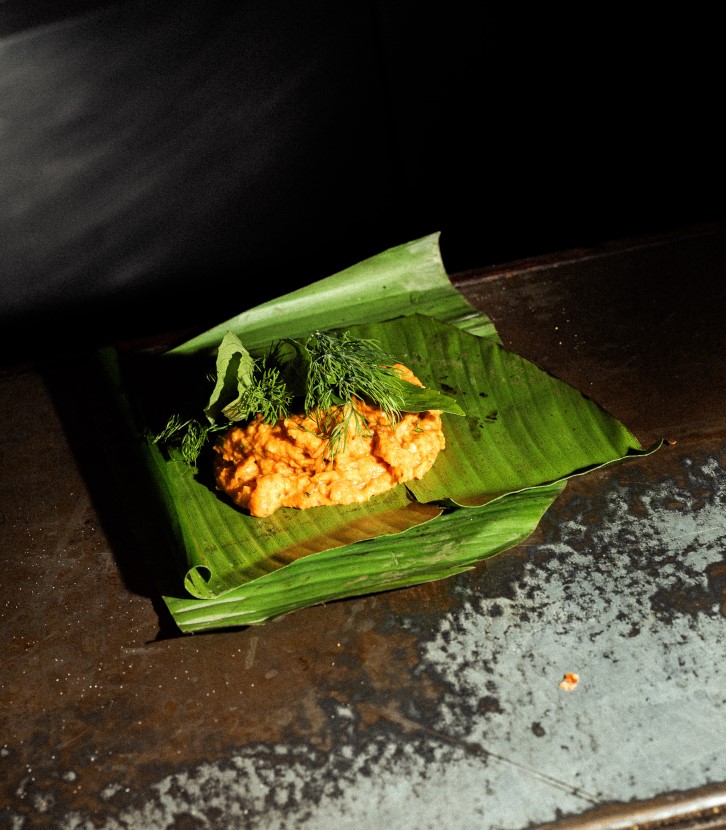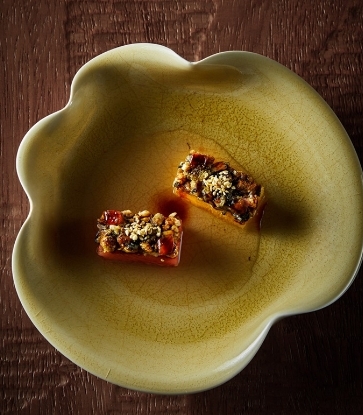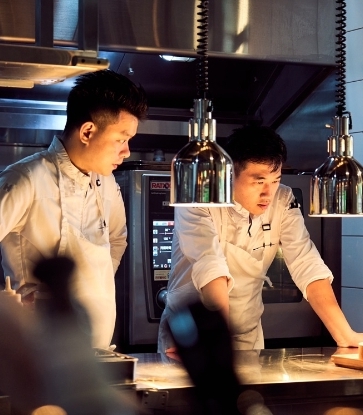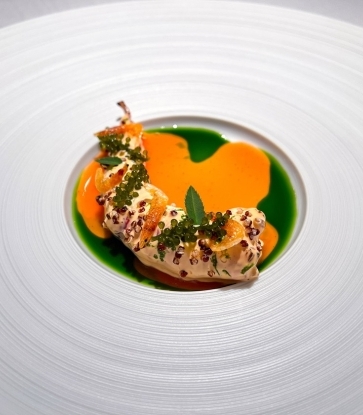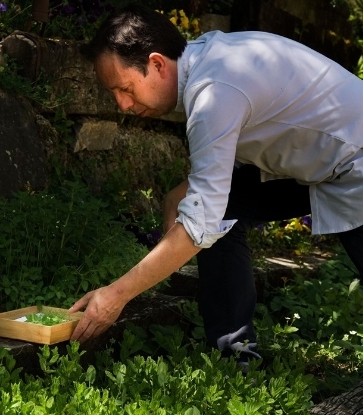Taiwanese netizens affectionately call Lan Chia Guabao in Gongguan, Taipei “the shop with the never-ending queue”, so you can expect to wait to be served even during non-peak hours.
Situated close to the National Taiwan University, this street food institution has been a part of the collective memory of many a university student. Countless classes of students have matriculated and graduated in the 30 years that the small independent joint has existed, but the classic gua bao — a fluffy white bun with pork, preserved vegetables and powdered peanuts sandwiched within — washed down with a cup of brown sugar bubble milk from Chen San Ding next door, is a comfort food combo which transcends generations. Beyond the students, Lan Chia is also a mandatory checkpoint for foodie tourists. The shop’s wall displaying framed letters and messages in different languages is concrete proof of its international fame.

Owner Lan Feng Rong shares the origin of his signature dish. Every year, during the Day of Weiya, the 16th of the 12th month in the lunar calendar which pays tribute to the God of Earth, his mother would make gua bao for family and friends who would rave about her rendition. Lan faithfully recreated his mother's recipe for his street food stall and sales of the stuffed bun quickly grew from a few dozen a day to about 3000 now.

When the MICHELIN Guide Taipei 2019's Bib Gourmand selection was announced in April that year, Lan’s phone rang off the hook as his friends from Taiwan and abroad all called to congratulate him. “It was delightful to get the recognition," he shares. "But we don’t plan on changing in the future. We will work like we have from the beginning and treat the honour with the normal mindset.”
Gua bao is a quintessential Taiwanese dish that has recently begun to catch on in the west as well. To be the first and only gua bao producer at this point to make the Bib Gourmand list is no small feat. Lan believes that persistence is what gives his food the acclaim it now enjoys, and he applies it in all the aspects of his business, from hygiene and the flexibility to customise each bun, to speed and the temperature that it served.
“If you don't care about the food that you make, then your customers would not care about coming back,” he says emphatically.
Lan Chia Guabao operates between 11am and midnight every day, and the flow of customers never stops. While other restaurants might wait until the new diners are seated before they begin clearing the leftovers from previous patrons, this is not the case at Lan Chia Guabao. Despite the constant bustle, Lan is meticulous about keeping the shop so clean, there's not a toothpick in sight on the floor at any time. “You wouldn’t see that here. Our staff will always wipe the table down and set it for the next guests before they take their seats."

At Lan Chia, customers are also given the option to customise the texture of meat in their buns, a choice that is usually not offered at other gua bao joints. Five options of meat mix are available: fatty, lean, half and half or mixed with either more lean or more fat.
Nailing Every Facet
A gua bao consists of several components — the bun, pork, pickled cabbage and peanut powder — and every component needs to be executed well for a truly delicious gua bao. Lan explains that the bun should be soft, bouncy, fragrant and good on its own. Freshly butchered pork is a must, sautéed with shallots and garlic then braised with sugar, soy sauce and rice wine. The fatty and lean meat are cooked separately because the fattier meat has to go through an additional phase of frying to reduce its fat content. The pickled cabbage is thoroughly rinsed to remove any grittiness and finally, fragrant Taiwanese peanuts are ground to a fine aromatic powder.
The last hurdle is speed and temperature. Lan noticed that customers usually felt let down by a warm bun with cold fillings or the other way around, and set out to make sure that his would reach the customers hot both inside and out. While the healthy circulation of customers ensured a quick turnover and constantly fresh food, Lan also invested in kitchen equipment that would ensure that the food was at its prime when it reached the table.




